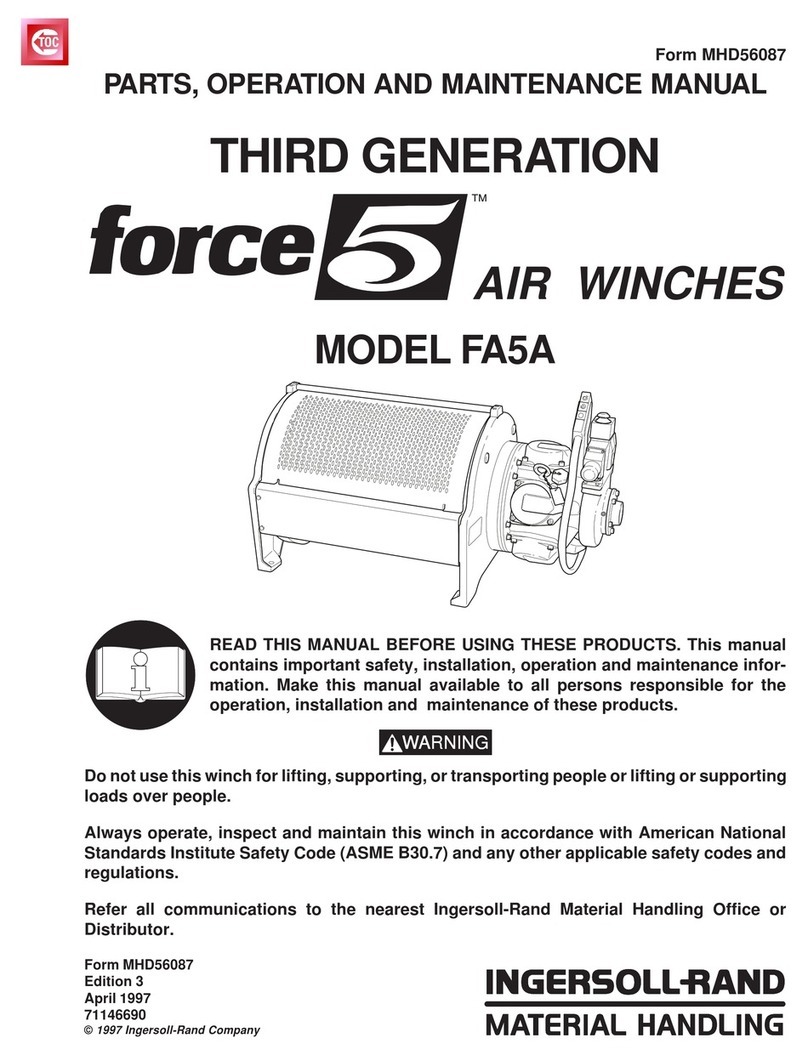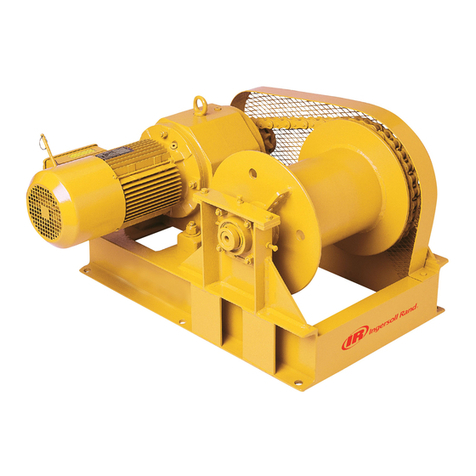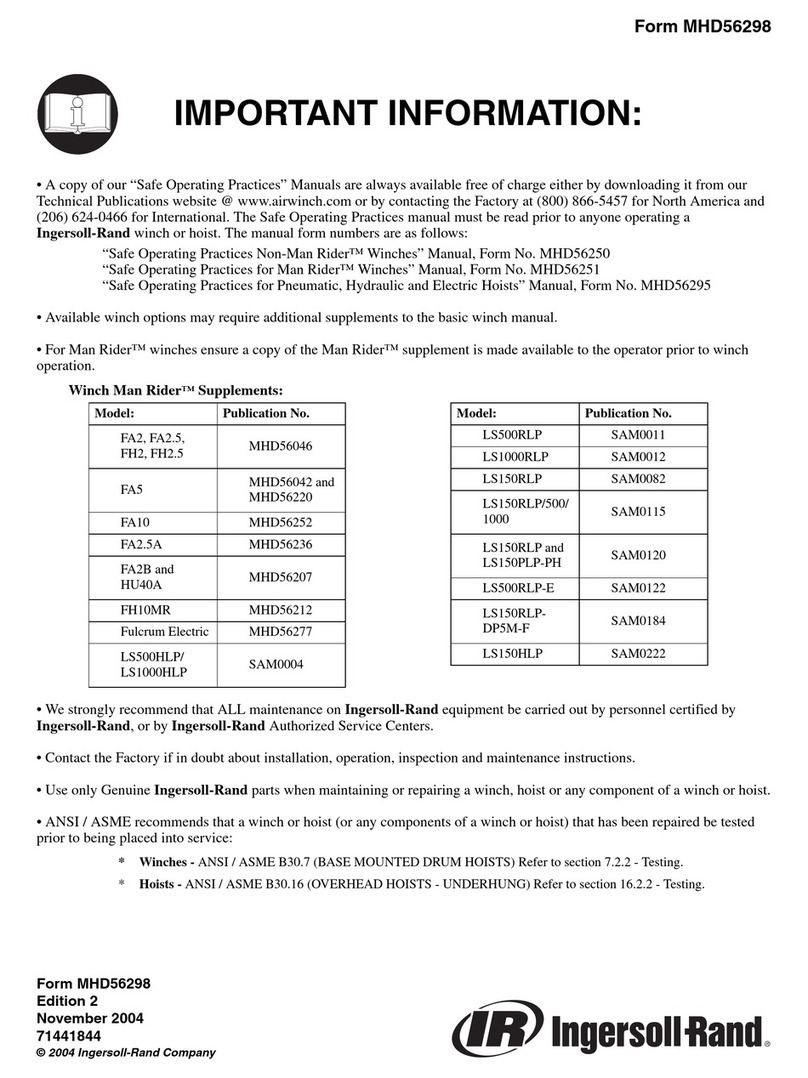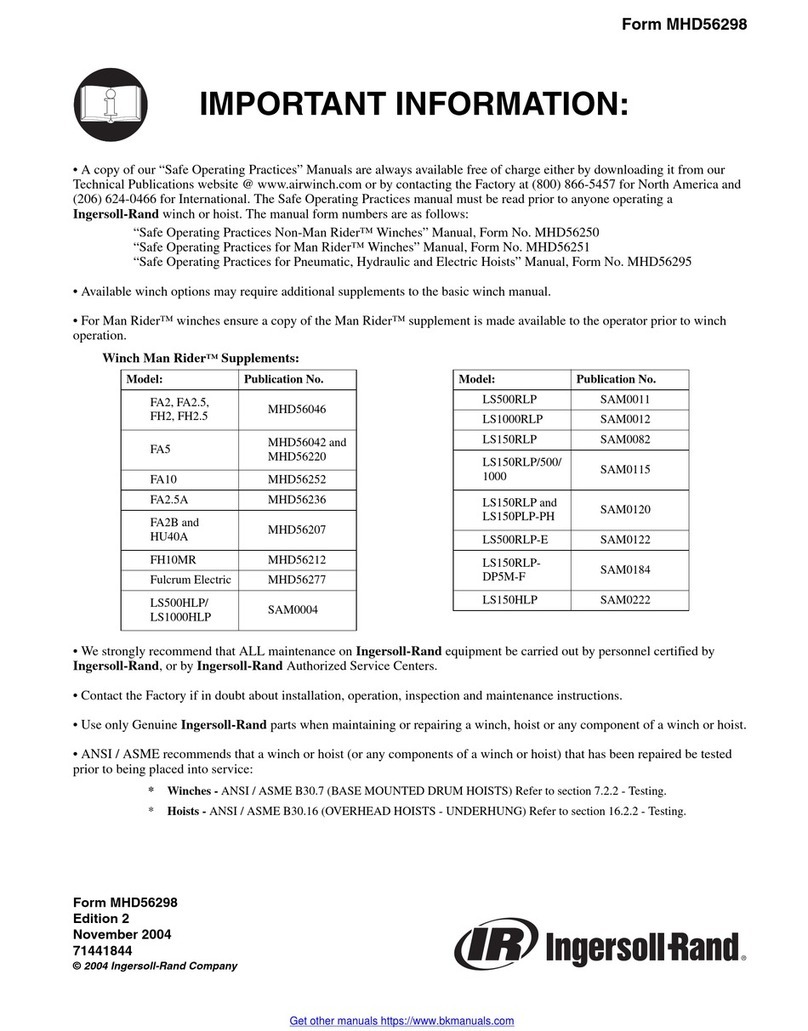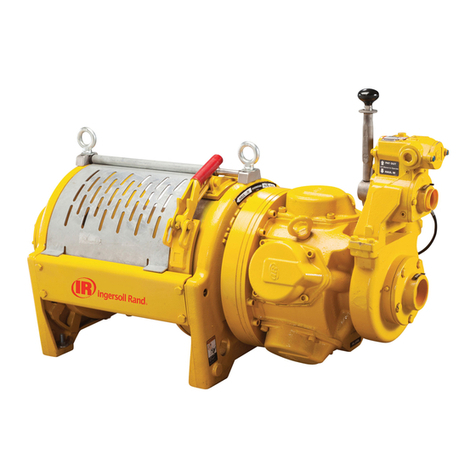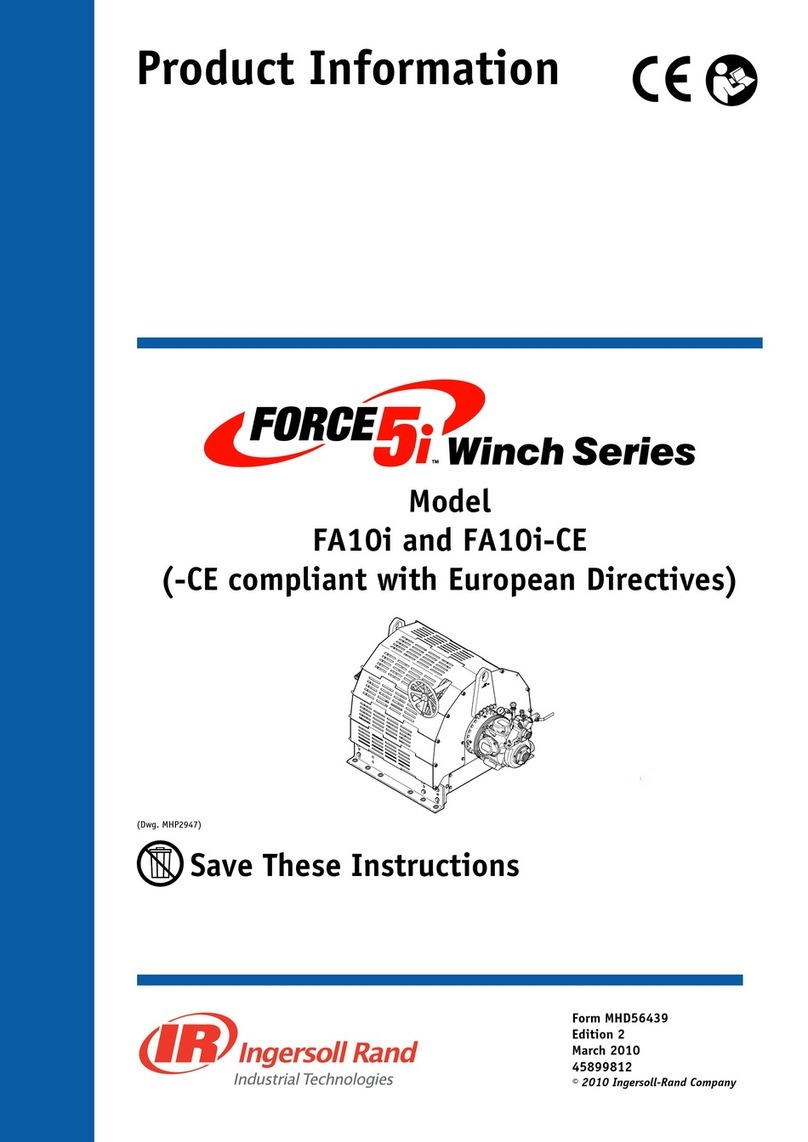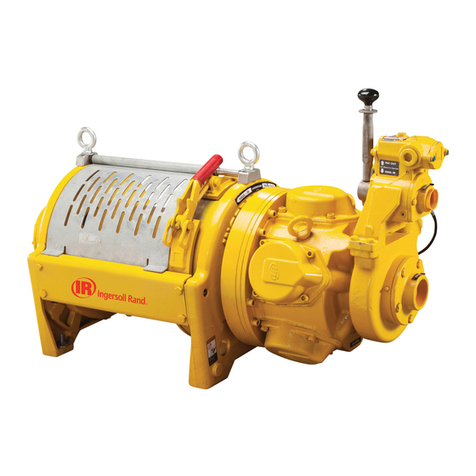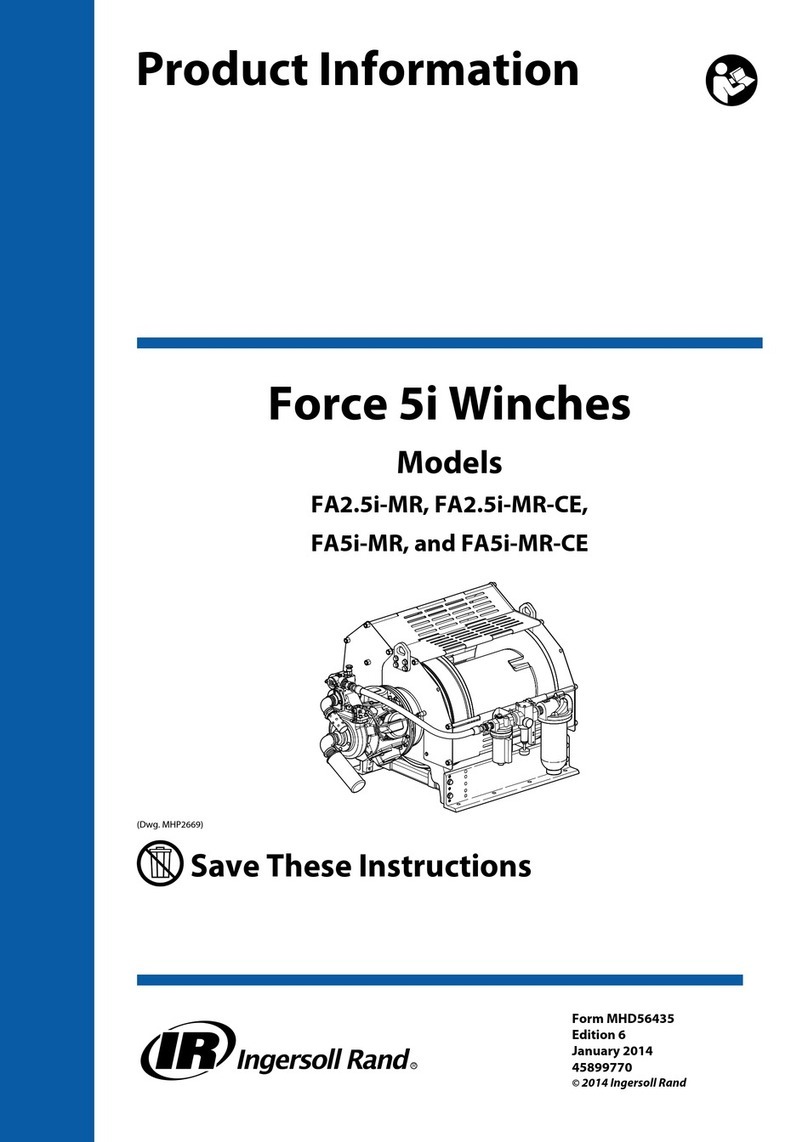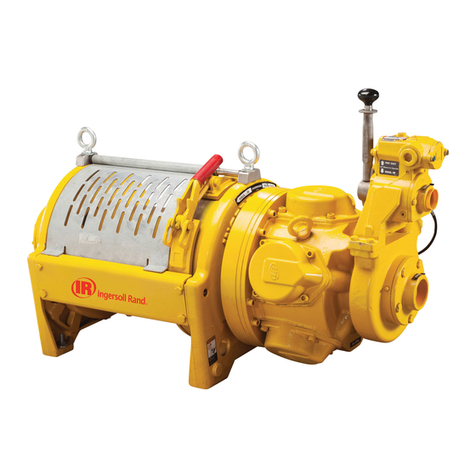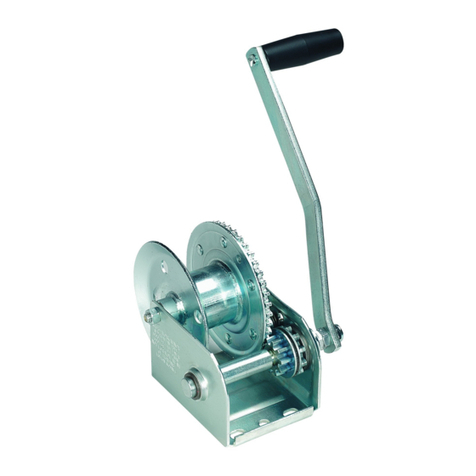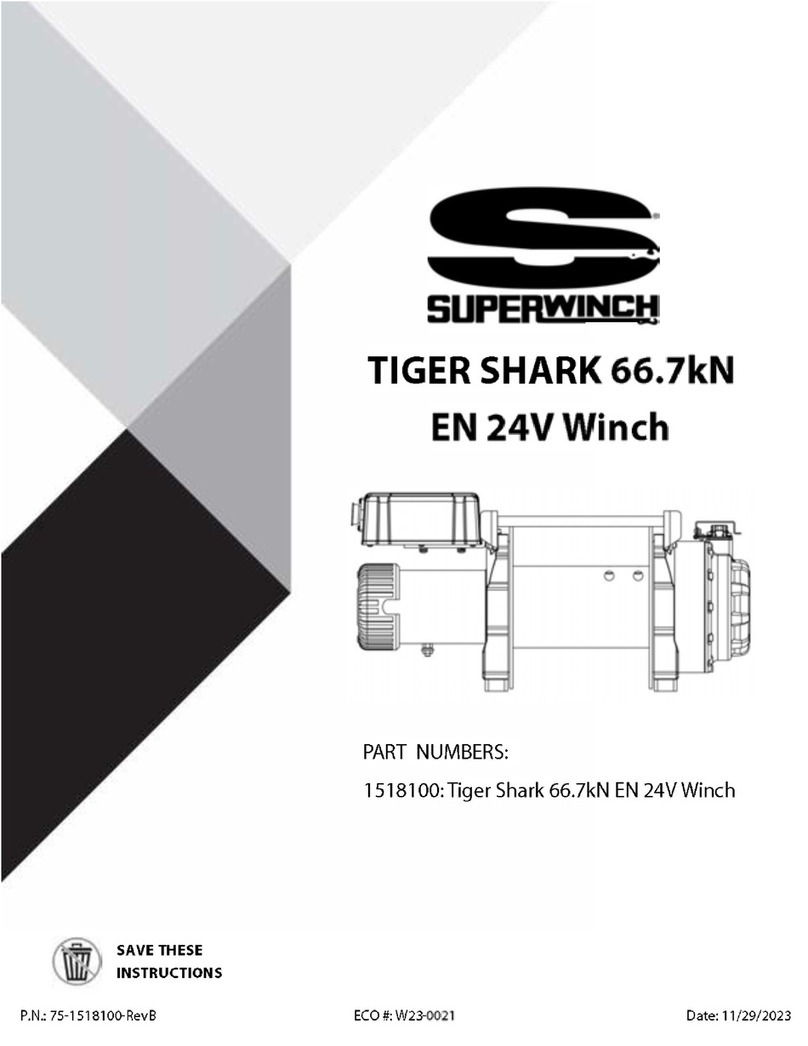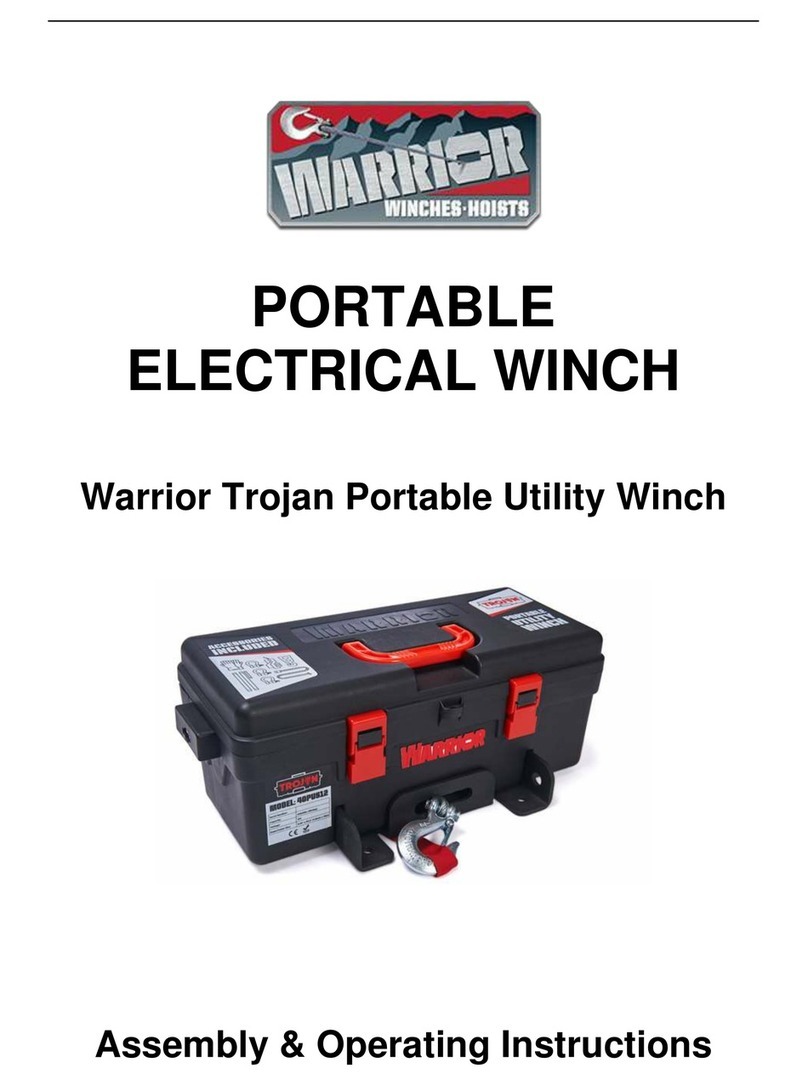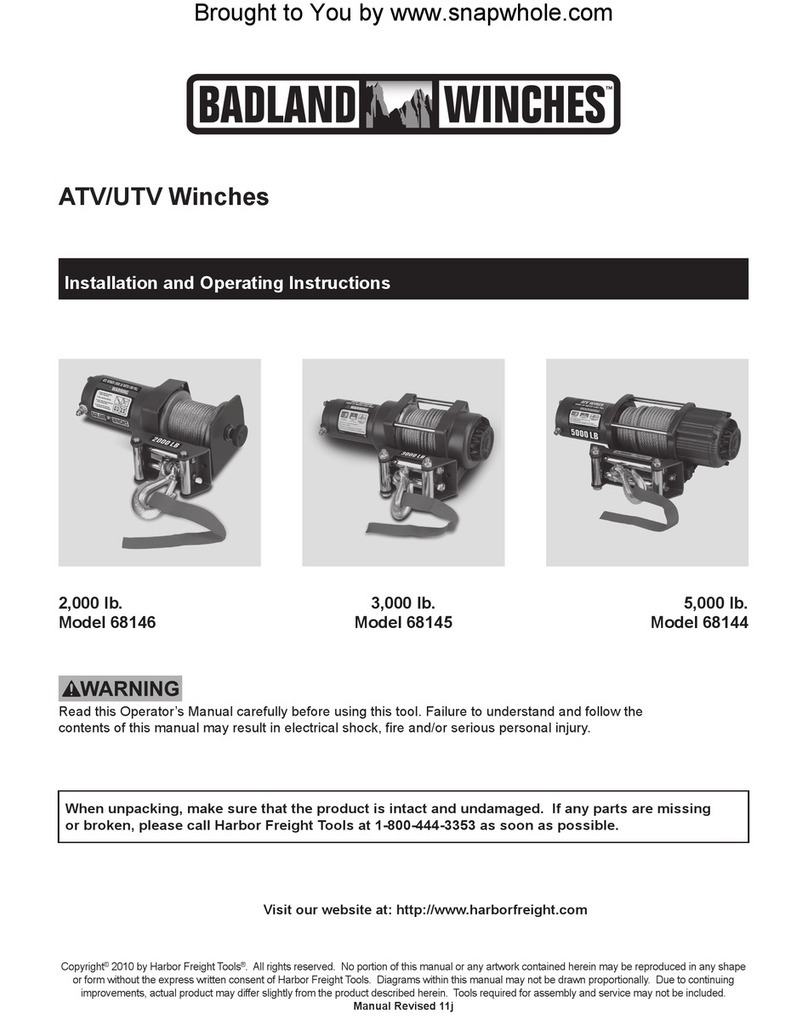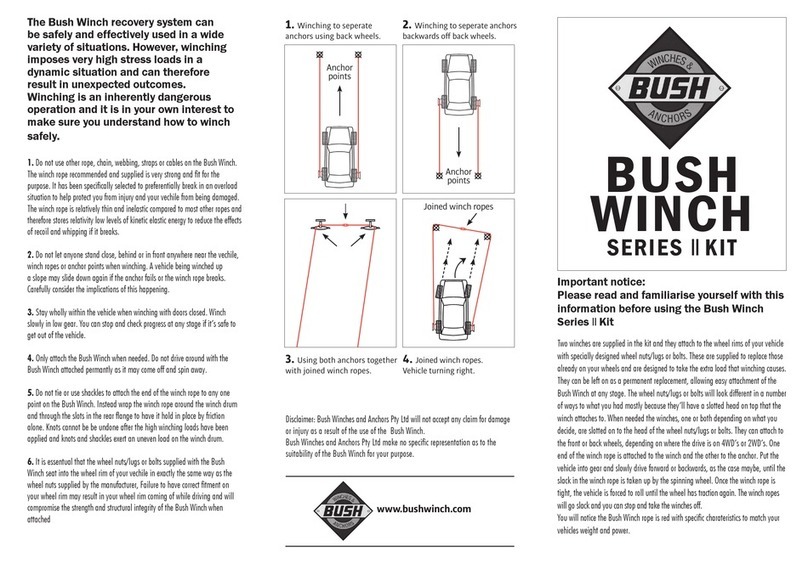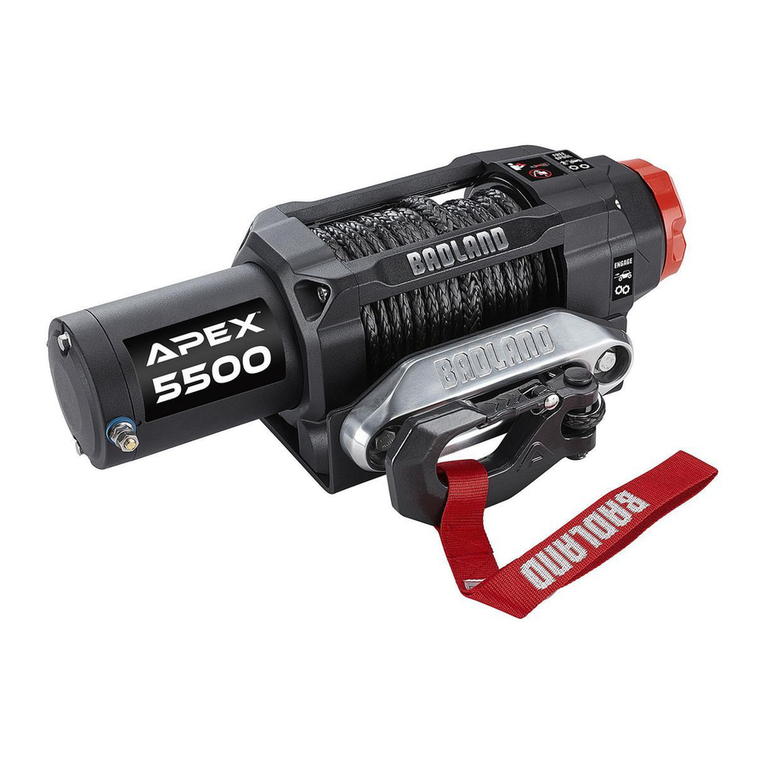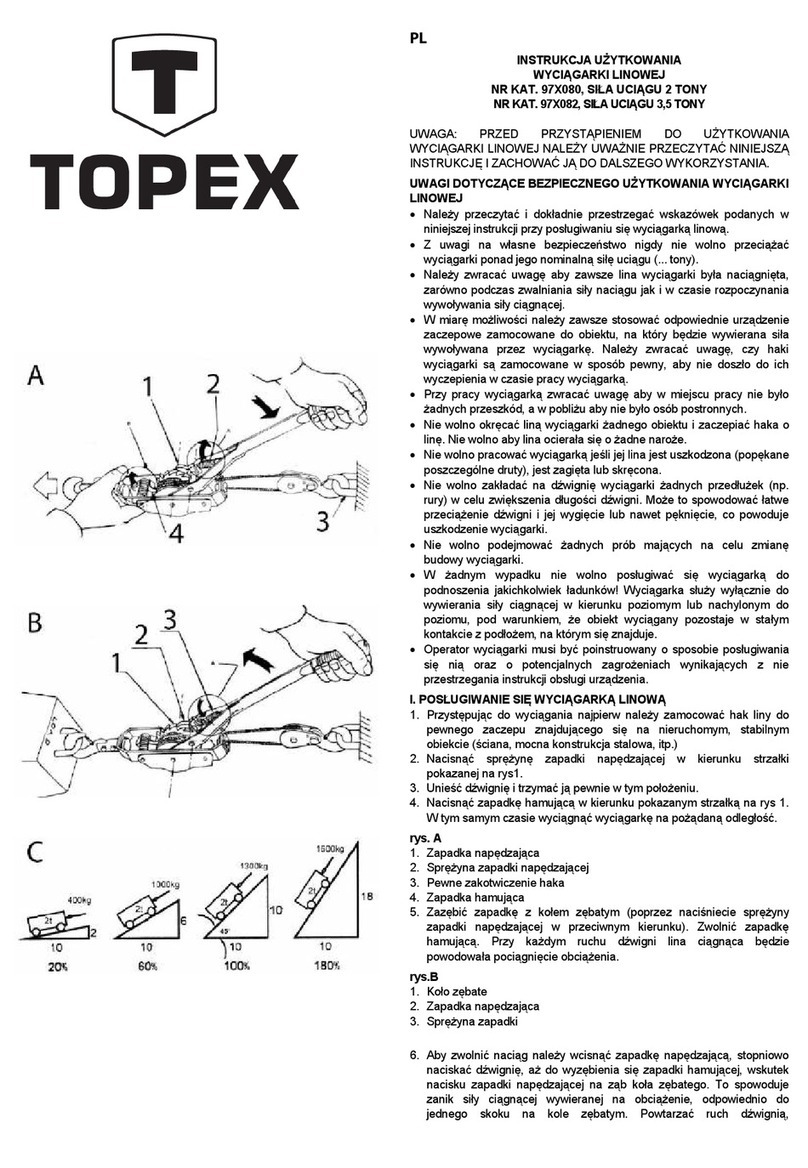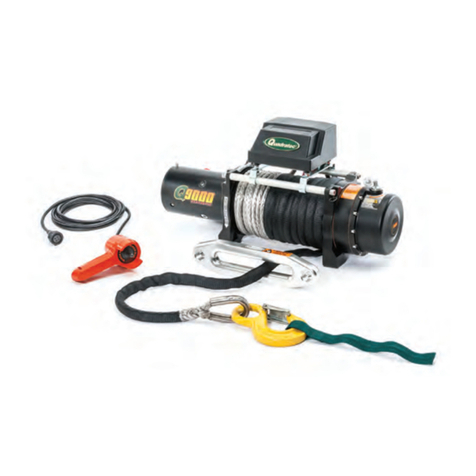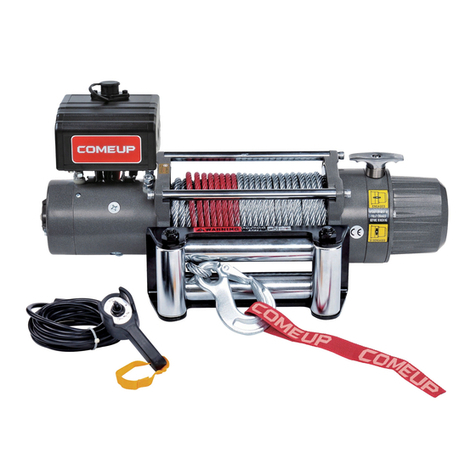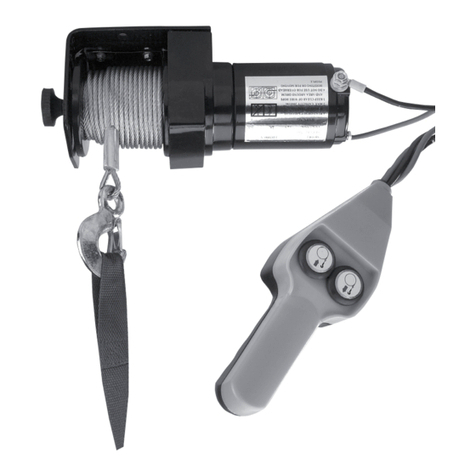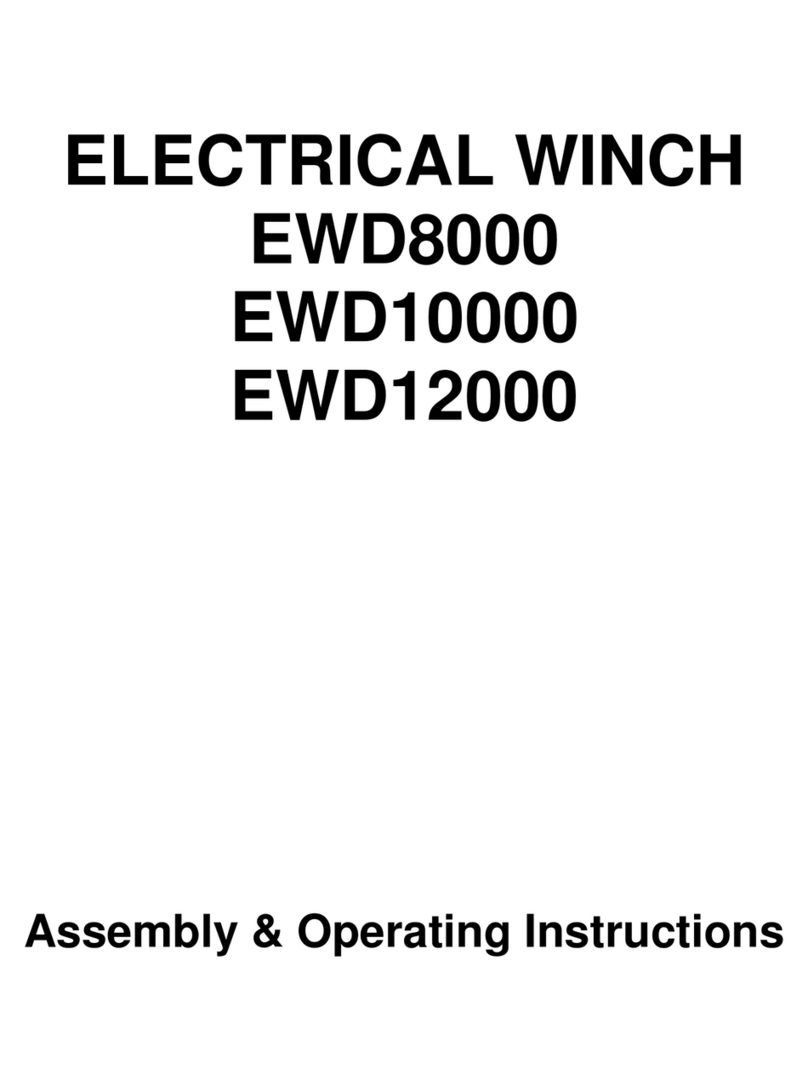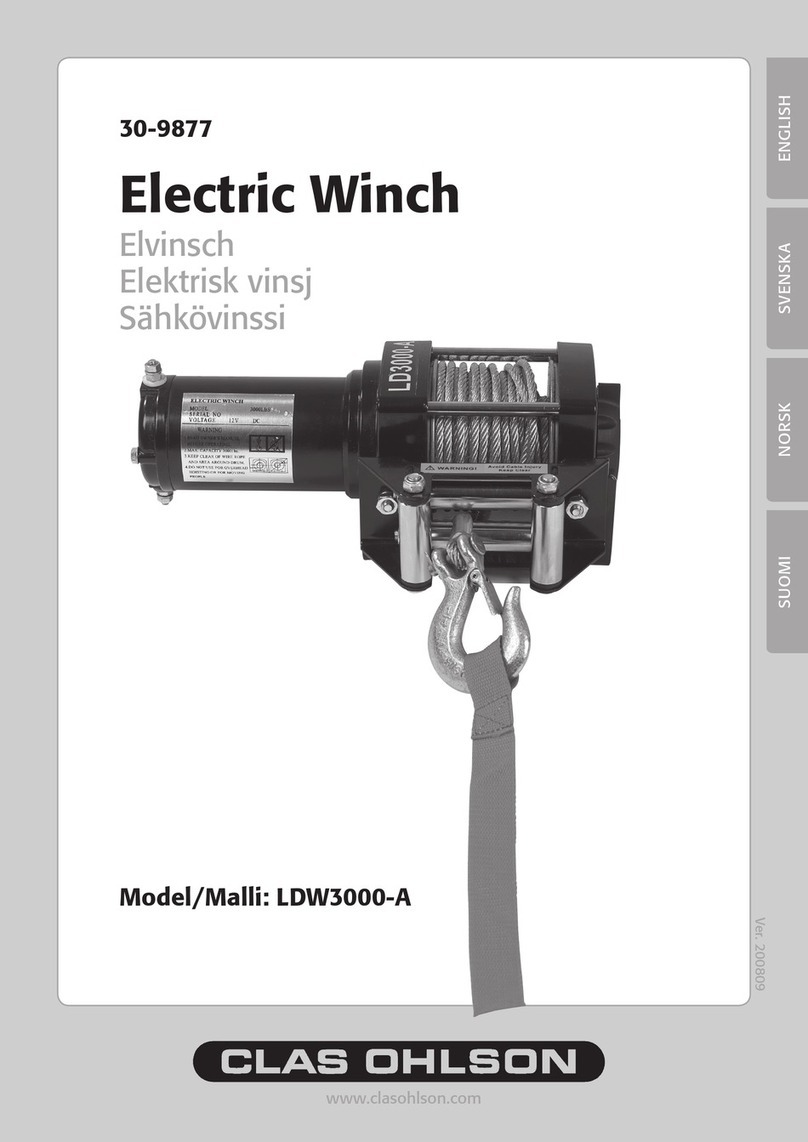
MHD56181 - Edition 1 3
SAFETY INFORMATION
This manual provides important information for all personnel
involved with the safe installation, operation and proper
maintenance of this product. Even if you feel you are familiar
with this or similar equipment, you should read this manual
before operating the product.
Danger, Warning, Caution and Notice
Throughout this manual there are steps and procedures which, if
not followed, may result in a hazard. The following signal words
Danger is used to indicate the presence of
a hazard which will cause severe injury,
death, or substantial property damage if
the warning is ignored.
Warning is used to indicate the presence
of a hazard which can cause severe injury,
death, or substantial property damage if
the warning is ignored.
Caution is used to indicate the presence of
a hazard which will or can cause injury or
property damage if the warning is
ignored.
Notice is used to notify people of
installation, operation, or maintenance
information which is important but not
hazard-related.
DANGER
WWAARRNNIINNGG
CCAAUUTTIIOONN
NNOOTTIICCEE
are used to identify the level of potential hazard.
Safety Summary
WARNING
• Do not use this unit or attached equipment for lifting,
supporting, or transporting people or lifting or supporting
loads over people.
• The supporting structures and load-attaching devices used in
conjunction with these units must provide a safety factor of at
least three times the rated capacity of the unit. This is the
customer’s responsibility. If in doubt, consult a registered
structural engineer.
NOTICE
• Lifting and handling equipment is subject to different
regulations in each country. These regulations may not be
specified in this manual.
Ingersoll-Rand Material Handling winches are manufactured in
accordance with the latest ASME B30.7 standards.
The National Safety Council, Accident Prevention Manual for
Industrial Operations, Eighth Edition and other recognized safety
sources make a common point: Employees who work near
suspended loads or assist in hooking on or arranging a load
should be instructed to keep out from under the load. From a
safety standpoint, one factor is paramount: conduct all lifting or
pulling operations in such a manner that if there were an
equipment failure, no personnel would be injured. This means
keep out from under a raised load and keep out of the line of force
of any load.
The Occupational Safety and Health Act of 1970 generally places
the burden of compliance with the owner/employer, not the
manufacturer. Many OSHA requirements are not concerned or
connected with the manufactured product but are, rather,
associated with the final installation. It is the owner's and user's
responsibility to determine the suitability of a product for any
particular use. It is recommended that all applicable industry,
trade association, federal, state and local regulations be checked.
Read all operating instructions and warnings before operation.
Rigging: It is the responsibility of the operator to exercise
caution, use common sense and be familiar with proper rigging
techniques. Refer to ASME B30.9 for rigging information,
American National Standards Institute, 1430 Broadway, New
York, NY 10018.
This manual has been produced by Ingersoll-Rand to provide
dealers, mechanics, operators and company personnel with the
information required to install, operate, maintain and repair the
products described herein.
It is extremely important that mechanics and operators be familiar
with the servicing procedures of these products, or like or similar
products, and are physically capable of conducting the
procedures. These personnel shall have a general working
knowledge that includes:
1. Proper and safe use and application of mechanics common
hand tools as well as special Ingersoll-Rand or
recommended tools.
2. Safety procedures, precautions and work habits established
by accepted industry standards.
Ingersoll-Rand cannot know of, or provide all the procedures by
which product operations or repairs may be conducted and the
hazards and/or results of each method. If operation or
maintenance procedures not specifically recommended by the
manufacturer are conducted, it must be ensured that product
safety is not endangered by the actions taken. If unsure of an
operation or maintenance procedure or step, personnel should
place the product in a safe condition and contact supervisors and/
or the factory for technical assistance.



